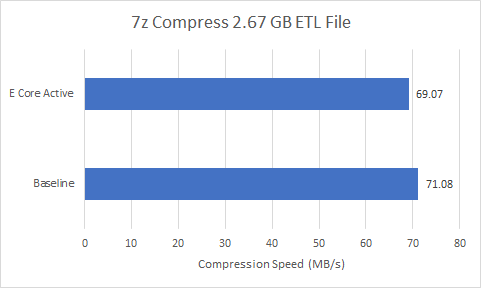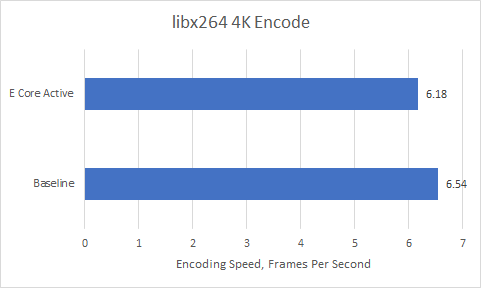TerryLaze
Titan
And how exactly do those stop at 16 threads?Solidworks and Autodesk Revit to answer your first Q. We can also throw in virtual machine hosts and SQL. There are many, many others once we get into modeling and scientific applications but you'll have to do your own research.
How exactly don't you get more performance by using more cores/threads?
It's not major, you can't keep all the cores of an 5950x running at 5050Mhz, so loading up too many cores will turn all of your cores into eunuched cores and not just the e-cores, maybe you will be able to keep single clocks on all the cores of the 7950x if it has any overclock headroom.However, the major difference between AMD's IF and Intel's E-cores is that, on the other side of the IF, you have more P-cores that are just as powerful as the first CCX. What do you get on the other side of the latency hit introduced by Intel's E-cores?? Eunuched cores (E-cores) that only act as an anchor to the P-cores much of the time. Again, we'll see if Intel corrected the issue with the Raptor chips in about 5 weeks.
On intel at least the p-cores stay p-cores ALWAYS.






